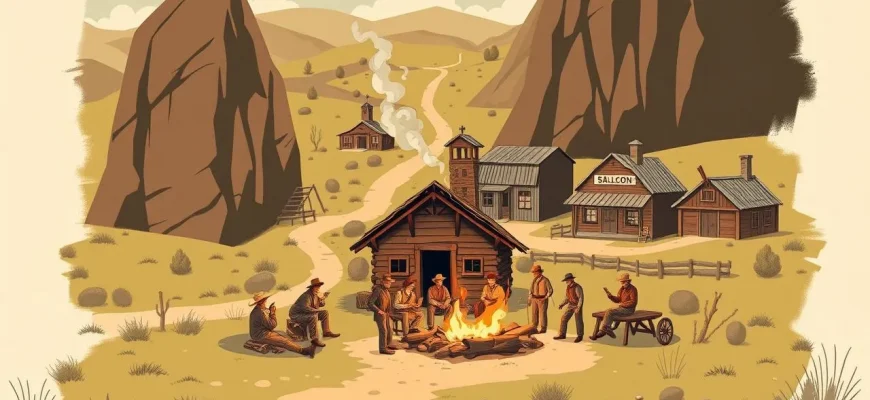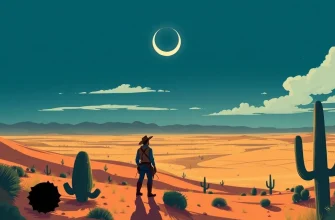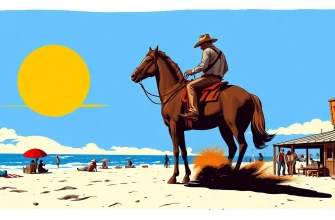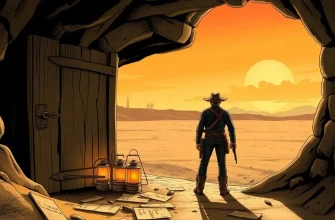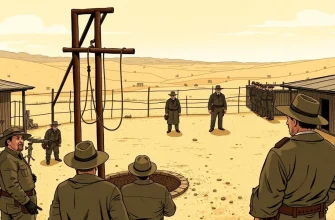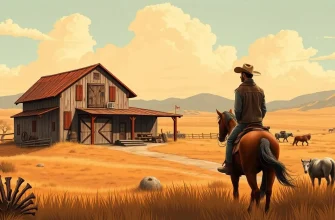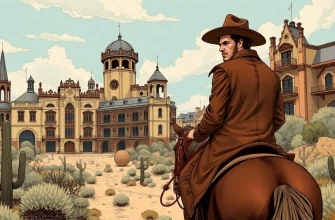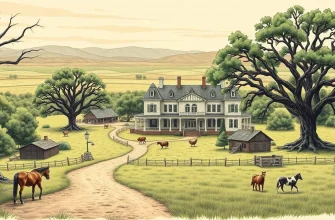The Wild West, with its rugged landscapes and tales of adventure, has always captured the imagination of filmgoers. This curated collection of 10 western films focuses on village life, offering a unique perspective on the genre. These films not only entertain but also provide a deeper understanding of the community dynamics, survival, and the spirit of the frontier. Whether you're a fan of classic westerns or looking to explore the genre, this list will guide you through some of the most compelling village-centric stories in cinema.
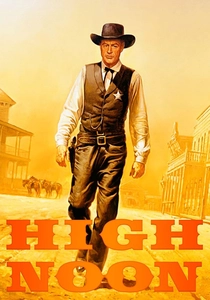
High Noon (1952)
Description: This iconic film revolves around a small town marshal who must face a gang of outlaws alone when the townsfolk refuse to help, showcasing the moral dilemmas of village life.
Fact: The film was shot in just 32 days, and it was one of the first films to be made with a single long take for its opening sequence.
 Watch Now
Watch Now
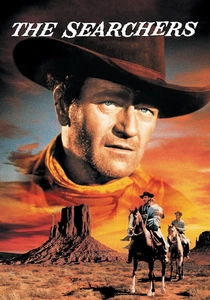
The Searchers (1956)
Description: While not exclusively about village life, this film features key scenes in a small settlement, focusing on the search for a kidnapped girl and the dynamics of frontier justice.
Fact: The film was shot in Monument Valley, a location synonymous with John Ford's westerns.
 Watch Now
Watch Now
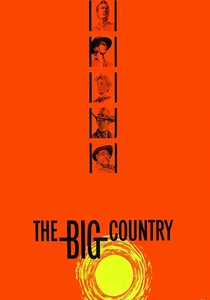
The Big Country (1958)
Description: A sea captain arrives in a small Western town and gets embroiled in a feud between two families, highlighting the complexities of land and power in a village setting.
Fact: The film was shot on location in California's Mojave Desert, and its wide-screen cinematography was particularly praised.
 Watch Now
Watch Now

The Magnificent Seven (1960)
Description: A group of gunfighters are hired to protect a small Mexican village from bandits, highlighting the community's struggle for survival and justice.
Fact: The film was a remake of the Japanese film "Seven Samurai" by Akira Kurosawa, and it inspired several sequels and a 2016 remake.
 Watch Now
Watch Now

The Man Who Shot Liberty Valance (1962)
Description: Set in the fictional town of Shinbone, this film explores the transition from the Wild West to civilization, focusing on the myth-making of a small town hero.
Fact: John Wayne and James Stewart both starred in this film, marking one of the few times they appeared together on screen.
 Watch Now
Watch Now
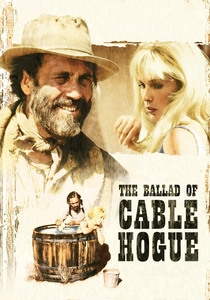
The Ballad of Cable Hogue (1970)
Description: After being left to die in the desert, Cable Hogue finds water and builds a stagecoach stop, creating a small community around his newfound wealth.
Fact: The film was shot in the Nevada desert, and it's one of Sam Peckinpah's lesser-known but critically acclaimed works.
 Watch Now
Watch Now
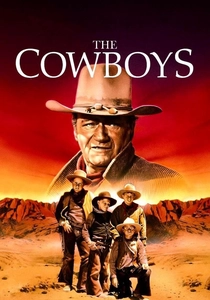
The Cowboys (1972)
Description: A rancher hires schoolboys to drive his cattle to market after his regular hands leave, exploring themes of mentorship and community in the West.
Fact: This was one of John Wayne's later films, where he played against type as a somewhat harsh but ultimately caring figure.
 Watch Now
Watch Now
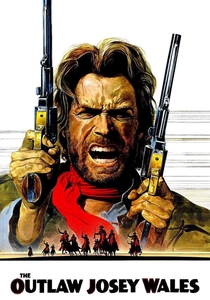
The Outlaw Josey Wales (1976)
Description: Josey Wales, a Missouri farmer, joins a Confederate guerrilla band and later seeks refuge in a small village, showcasing themes of redemption and community.
Fact: Clint Eastwood not only starred but also directed this film, marking his directorial debut in the western genre.
 Watch Now
Watch Now
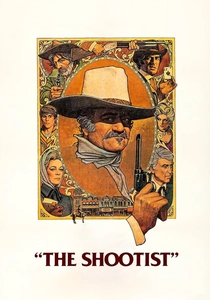
The Shootist (1976)
Description: John Wayne's final film role, where he plays an aging gunfighter who seeks peace in a small town, reflecting on his life and legacy.
Fact: The film was Wayne's last before his death, and it was intended as a fitting end to his career as a western icon.
 Watch Now
Watch Now
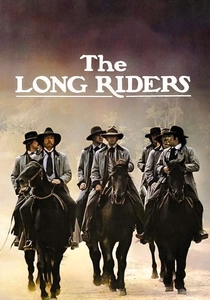
The Long Riders (1980)
Description: This film tells the story of the James-Younger gang, focusing on their interactions with small towns and the community's response to their outlaw activities.
Fact: The film uniquely cast real-life brothers to play the brothers in the gang, adding authenticity to the family dynamics.
 Watch Now
Watch Now

